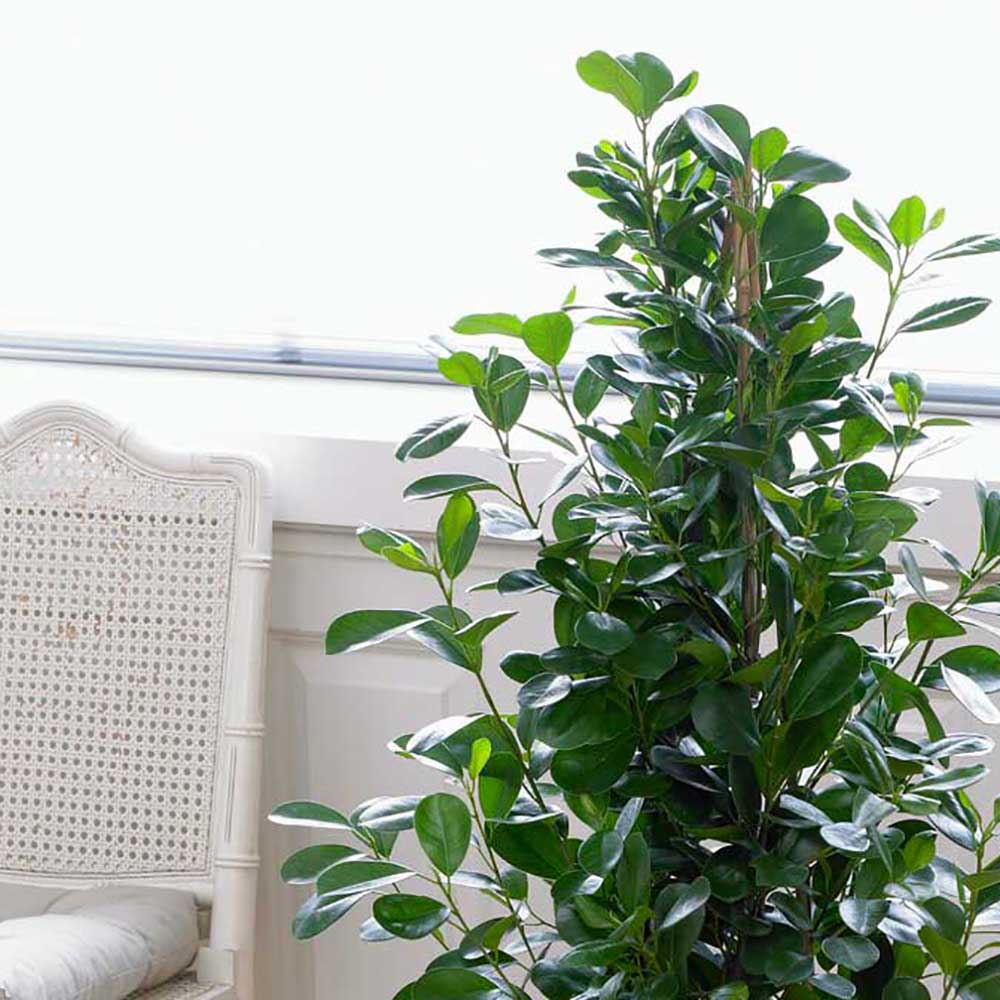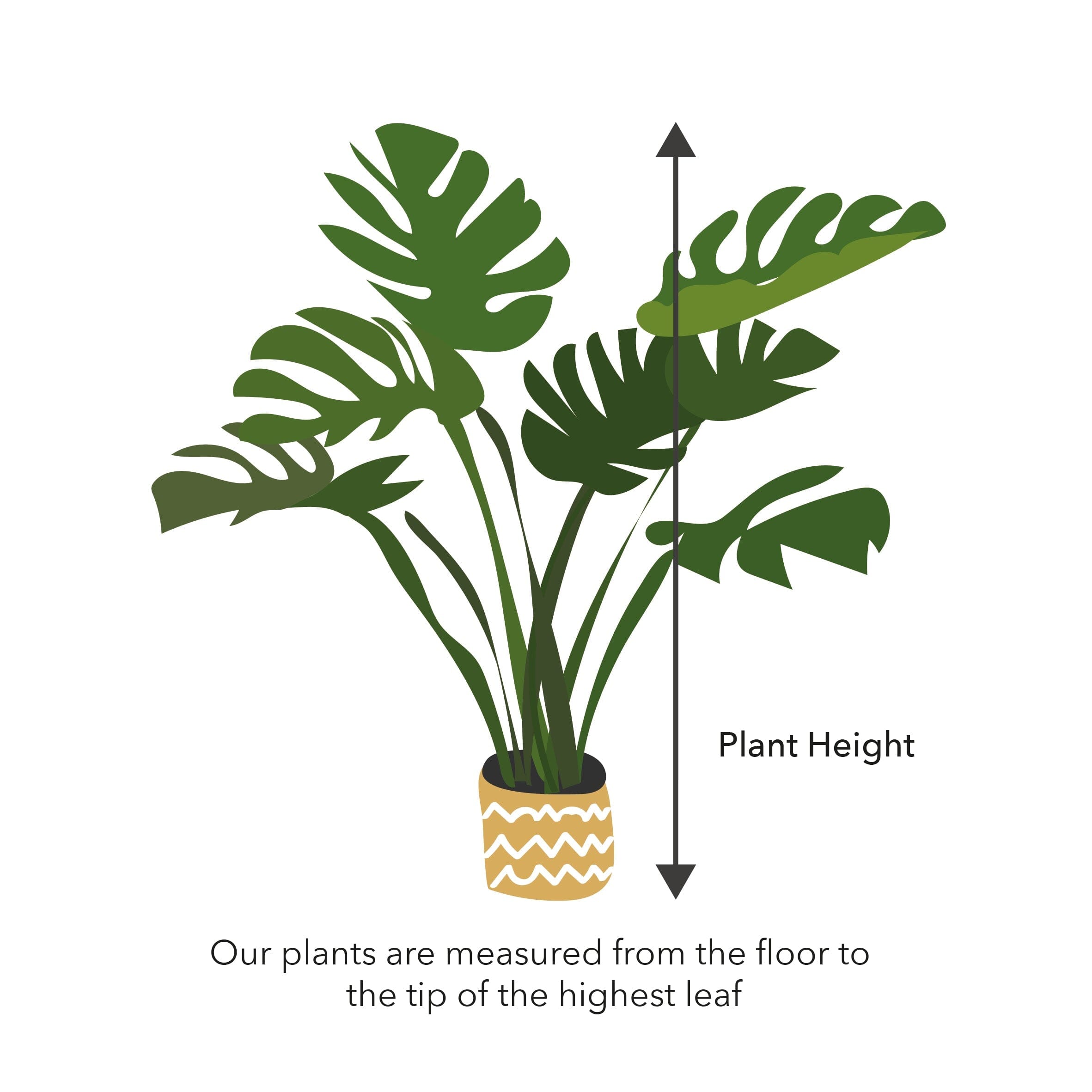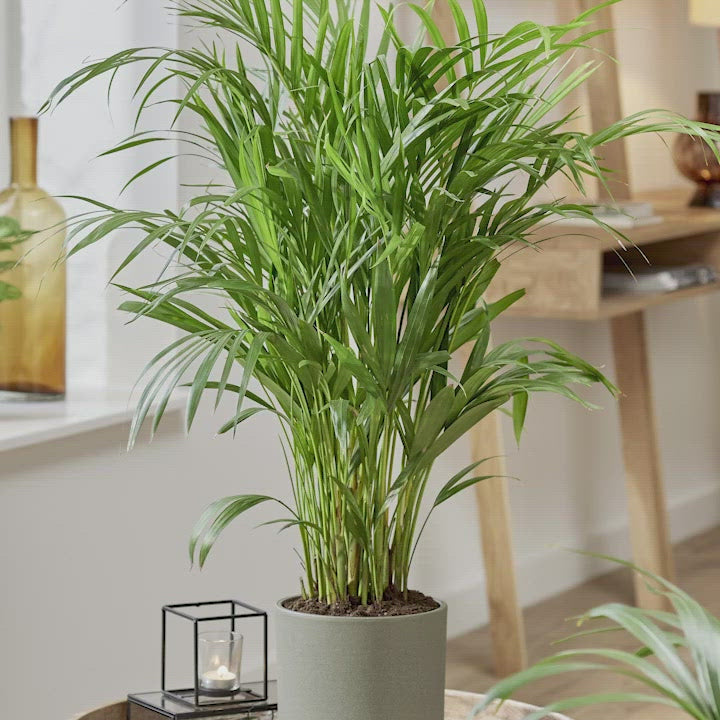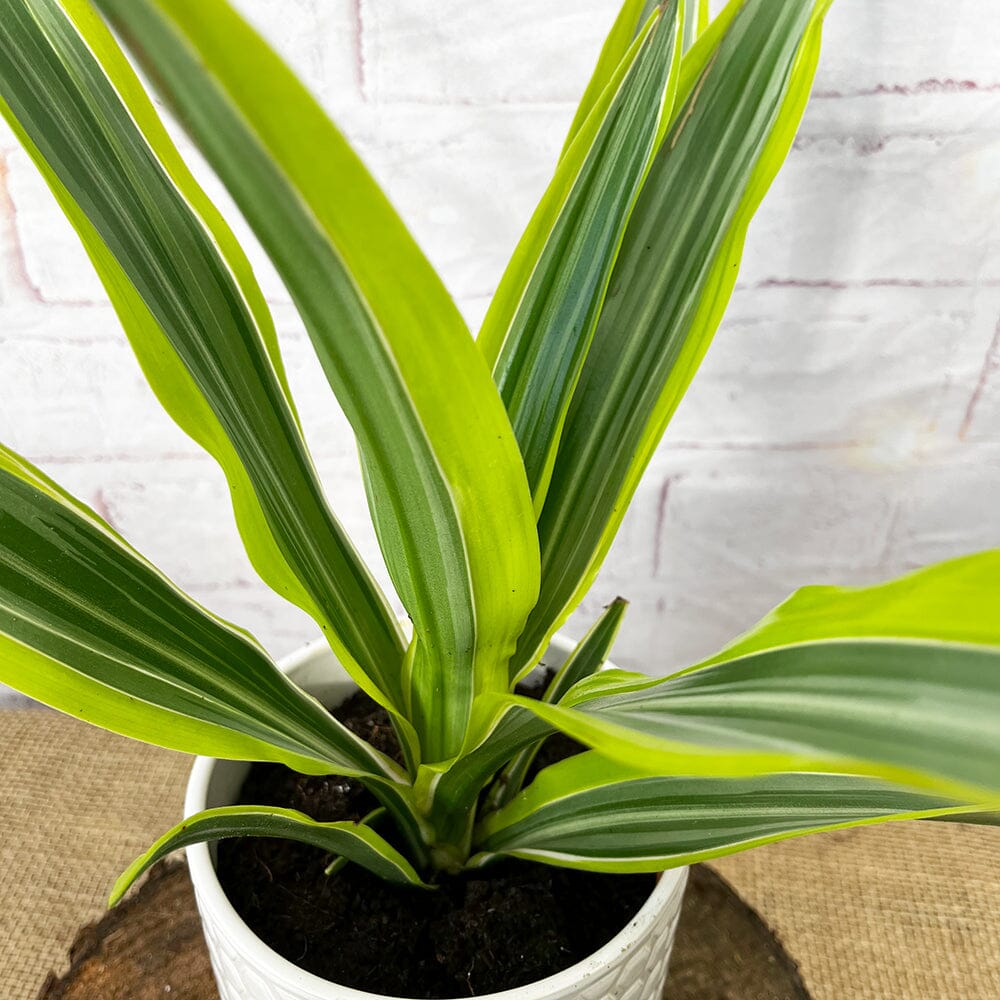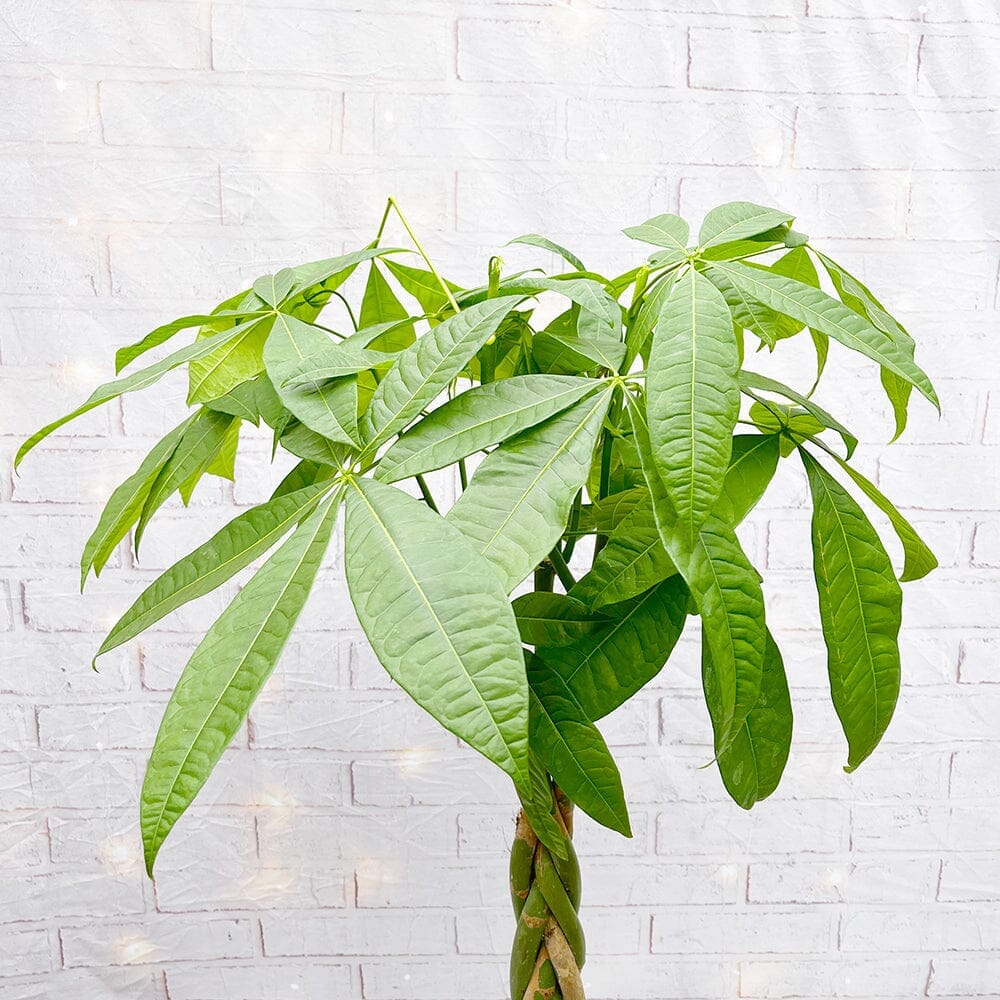Camassia Esculenta Quamash Aquatic Pond Plant - Common Cammas Lily
Camassia esculenta, or Quamash, is a perennial bulbous plant native to North America. It belongs to the Asparagaceae family and is valued for its beautiful spikes of star-shaped flowers. The plant features slender, erect stems that can reach a height of about 1 to 2 feet (30-60 cm). The flowers appear in late spring or early summer and are typically deep blue or purple, although some cultivars may have white or pink blooms. The leaves are long and narrow, forming a basal clump around the stem base. Quamash adds a charming and naturalistic touch to gardens, meadows, and wildflower landscapes.
Care Guide:
Light Requirements: Quamash prefers full sun to partial shade. It thrives in areas with at least 4 to 6 hours of direct sunlight per day. In hotter climates, some afternoon shade can help protect the plant from excessive heat.
Soil Requirements: Quamash grows well in a variety of soil types, including loam, sandy soil, or clay soil. The soil should be well-draining to prevent waterlogging. It is adaptable to both acidic and alkaline soil conditions.
Watering: Camassia esculenta prefers consistent moisture but does not tolerate excessive waterlogging. Water the plant regularly during the growing season, keeping the soil evenly moist. However, avoid overwatering or allowing the soil to become waterlogged, as it can lead to bulb rot. Reduce watering during the dormant period.
Fertilization: Quamash does not require excessive fertilization. Before planting, incorporate some well-rotted compost or organic matter into the soil to improve its fertility. During the growing season, a light application of balanced slow-release fertilizer or a bulb fertilizer can be applied according to the package instructions.
Mulching: Apply a layer of organic mulch, such as bark chips or straw, around the plants to help conserve soil moisture, suppress weed growth, and provide insulation to the bulbs during winter.
Division: Over time, Quamash bulbs can multiply and form clumps. Dividing the bulbs every 3 to 5 years helps rejuvenate the plants and maintain their vigor. Divide the bulbs during the dormant period, either in early spring or late summer. Replant the bulbs immediately at the same depth as before, spacing them 4 to 6 inches (10-15 cm) apart.
Pests and Diseases: Quamash is generally resistant to pests and diseases. However, keep an eye out for slugs or snails, which may feed on the foliage. You can use organic pest control methods or handpick the pests to manage infestations.
Winter Care: Quamash is cold-hardy and can tolerate freezing temperatures. In colder regions, provide a layer of mulch over the planting area in late fall to protect the bulbs from extreme temperature fluctuations.
Quamash is a beautiful perennial that adds a touch of natural beauty to various garden settings. With its striking blue or purple flowers and graceful form, it creates a captivating display when planted in groups or mixed with other spring-blooming bulbs. By following these care guidelines, you can enjoy the vibrant and enduring beauty of Camassia esculenta Quamash in your garden.
Selection:
Choose plants that are specifically adapted to grow in wet or boggy conditions. Research different species of bog plants to find ones that suit your pond's conditions and your aesthetic preferences. Consider factors such as height, flower colour, foliage texture, and seasonal interest when selecting plants.
Soil:
Bog plants thrive in soil that is consistently moist, but not waterlogged. Prepare the planting area by creating a mix of equal parts garden soil, peat moss, and sand to provide good drainage while retaining moisture. Avoid using heavy clay soil, as it can become compacted and restrict root growth.
Sunlight:
Most bog plants prefer full sun to partial shade. Ensure that the plants receive at least 4-6 hours of direct sunlight each day for optimal growth and flowering. Some bog plants can tolerate more shade, so consider the specific light requirements of the plants you choose.
Watering:
Bog plants require consistent moisture, so water them regularly to keep the soil damp. Monitor the moisture level and water as needed to prevent the soil from drying out. During hot and dry periods, you may need to water more frequently to maintain proper moisture levels.
Planting:
Dig a hole slightly larger than the root ball of the plant and loosen the soil at the bottom. Place the plant in the hole, ensuring that the crown is level with or slightly above the soil surface. Backfill the hole with the prepared soil mixture, gently firming it around the plant to eliminate air pockets. Water thoroughly after planting to settle the soil and provide initial hydration.
Mulching:
Apply a layer of organic mulch, such as straw or shredded bark, around the base of the plants. Mulching helps retain moisture, suppresses weeds, and regulates soil temperature. Maintain a layer of 2-3 inches of mulch, keeping it away from the plant's stems to prevent rotting.
Fertilization:
Bog plants generally do not require heavy fertilization if the soil is nutrient-rich. However, if growth appears weak or leaves show signs of nutrient deficiencies, you can apply a slow-release fertilizer specifically formulated for aquatic plants. Follow the manufacturer's instructions for application rates and frequency.
Maintenance:
Regularly remove any dead or decaying foliage to maintain plant health and appearance. Divide overcrowded plants every few years to prevent competition for resources and promote vigorous growth. Prune back excessive growth to maintain a tidy appearance and to prevent plants from encroaching on other plants or the pond itself.
Winter Care:
Hardy bog plants can withstand winter temperatures, while tender ones may need protection. In colder regions, consider mulching around the base of the plants or covering them with a layer of straw or burlap to insulate them from freezing temperatures.
Monitoring and Troubleshooting:
Regularly inspect plants for signs of pests, diseases, or nutrient deficiencies. Address any issues promptly with appropriate treatments, such as organic insecticides, fungicides, or nutrient amendments. By following these general tips and care guidelines, you can create a thriving bog planting area around your pond, adding beauty and interest while supporting a diverse ecosystem.














